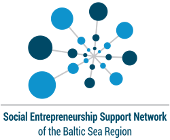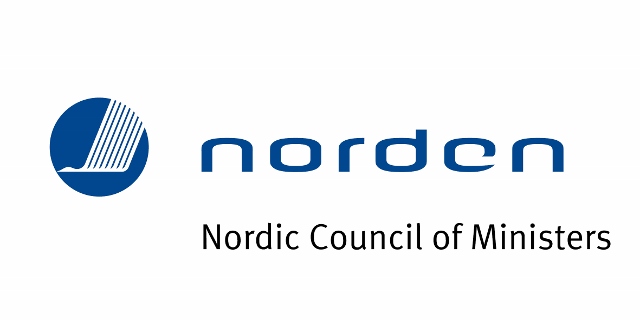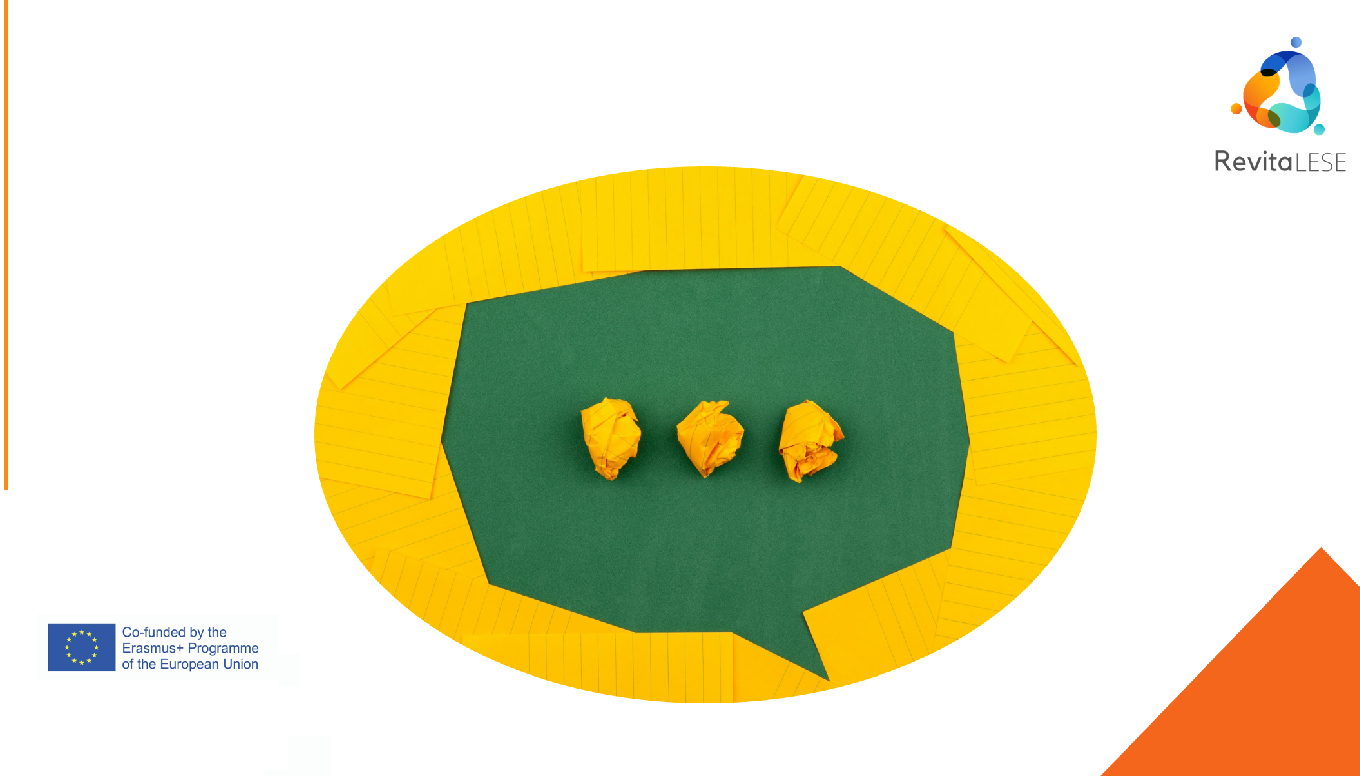Picture taken from Corporate Impact Measurement tool
Initially Corporate Impact Analysis Tool was developed for banks and investors to gain a cross-cutting view of the impact status and possibilities of their clients and investee companies. Based on the Positive Impact Initiative’s unique approach, it provides a holistic analysis of companies’ impacts across different sectors and countries.
The tool may be used by corporates themselves as a contribution to strategic planning and business development. The tool is intended to help organisations manage their portfolios, set and meet impact targets, and ultimately become more effective at managing impact-related risks and opportunities in close collaboration with their clients and investee companies. It allows to monitor the progress towards the targets of creating positive impact and reducing any harmful consequences as a result of the business activities.
To complete the assessment, collection of significant amounts of data from both internal and external sources should be done. The Stories For Impact team has developed comprehensive Manual explaining on how to use the data in a proposed tool. It guides through the investigation and learning process, that allows organisations to answer 3 significant questions for impact measurement: “Where?” (Identification), “What?” (Assessment) and “How?” (Monitoring).
The first part of the analysis stands for identification of significant impact areas based on company typology, geography and sectors of activity. After entry of the related data, the tool will tell which geographical and impact areas (according to SDGs) the company influences the most, taking into consideration countries of activity, their income level, generated assets, unemployment rates, other social and environmental challenges (based on rankings and statistics), impact areas associations etc.
The second part assesses the company’s impact performance and impact management capabilities, demonstrating the company’s actual impacts in defined impact areas. The precise metrics need to be chosen by yourself, for instance, with the support of the IRIS catalog of metrics. The methodology and applied classifications are based on The Impact Radar (2018) analysis tool.
Based on entered data, Corporate Impact Analysis Tool demonstrates the status of the company according to the worked-out criteria: “PI” (Positive impact), “PI transition” or “Not PI”. The criteria for receiving “PI” status are the following:
- No activities in any exclusion list sectors;
- >50% of revenue generated in low-income countries;
- good impact performance;
- good impact management capabilities;
- >50% of revenue generated in sectors that fall under a recognized taxonomy (e.g. EU taxonomy).
All relations between the social and environmental challenges and the impact company has on their improvement are visualized in Excel spreadsheets, making the analysis as simple and comprehensive as possible.
The Corporate Impact Analysis Tool is open source and freely available – for direct use or for adaptation and integration into proprietary systems.
The Manual: https://storiesforimpact.com/user-manual-of-the-new-corporate-impact-analysis-tool-by-unep-fi/
More about the tool: https://www.unepfi.org/publications/positive-impact-publications/corporate-impact-tool/


This publication has been prepared within INDIGISE project. The content of this publication is the sole responsibility of the project coordinator and may not always reflect the views of the European Commission or the National Agency.
















I think this is one of the such a lot significant information for me. And i’m satisfied reading your article. However want to observation on few common things, The website taste is ideal, the articles is in reality nice : D. Good activity, cheers